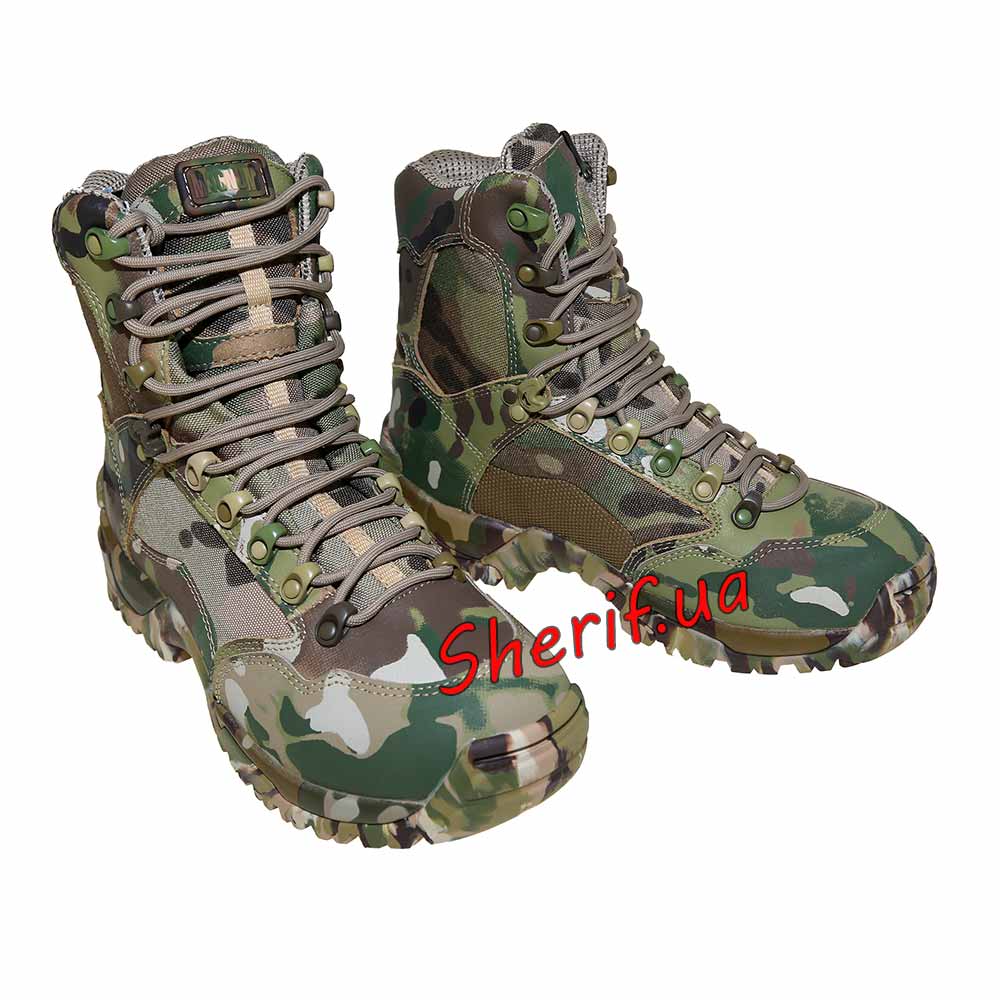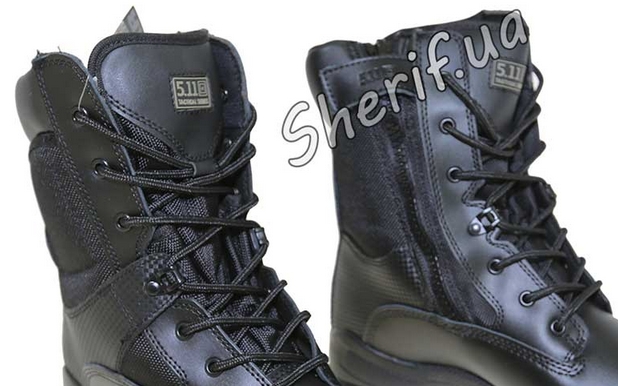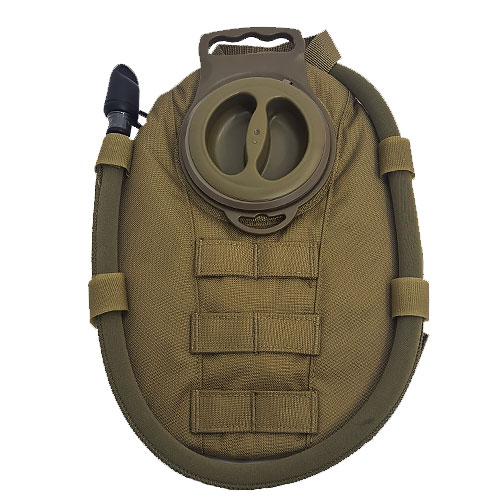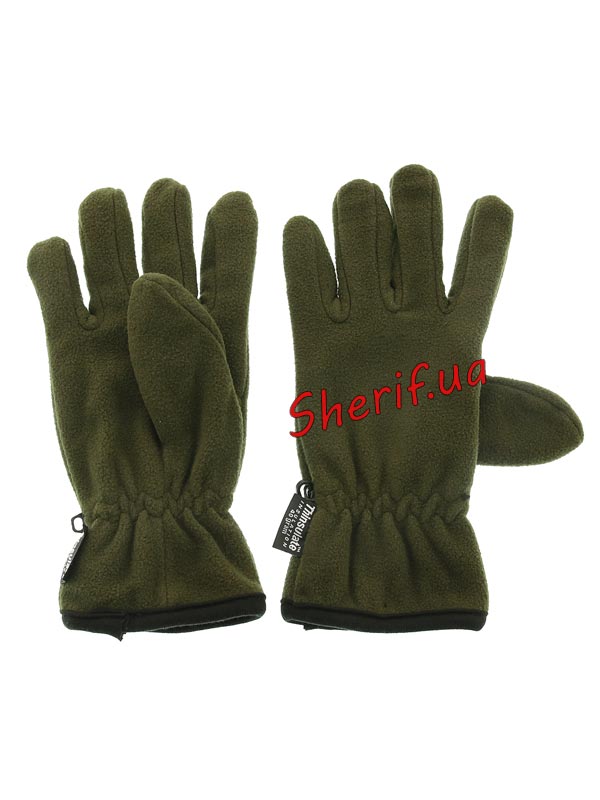√ Bertsy and other military footwear
| Продолжение каталога см. на след.страницах |
1. Story.
2. Comparative characteristics of military footwear from different countries: Australia, Argentina, Belgium, France, Norway, Spain, Great Britain, USA, Soviet Union, Ukraine.
3. Main properties and characteristics: in the EU, lateral rigidity, moisture resistance.
4. The device of tactical boots : in the top, toe, sole, lacing method, laces, tongue, insole, heel counter, arch support.
5. Some technologies and material for berets .
6. The main producers on the Ukrainian market , where to buy ?
Ankle boots - in the shoe industry, this term refers to the outer side parts of the top of the shoe, lacing, buckles or other shoe accessories are placed on the berets. In modern colloquial speech, in particular army slang, the word "berets" is used in relation to high lace-up military boots (12 cm and above). The word itself is probably derived from the obsolete "bertso", denoting a shin or thigh.
1. History of military footwear
It all started with the Roman Empire . It was for the Roman soldiers that they first came up with and began to make special military shoes , these were rather primitive sandals and, of course, absolutely not similar to modern versions.
Great Britain: during the civil war, every soldier of the British army had 3 pairs of so-called ankle boots (literally - ankle boots or ankle boots). After each march, the military had to change the set - shoes made of genuine leather, lined with metal, quickly wore out. Buckled civilian boots from 1660 to 1800 were worn by most armies in the world.
At the end of the Napoleonic Wars, the British Army began to produce ankle-length shoes with lacing, they were called Blucher shoes (after the Prussian General Blucher). These low shoes were used in such conflicts of the 19th century: the Crimean War (1853-1856), the First Zulu War (1879) and the First Boer War (1880-1881).
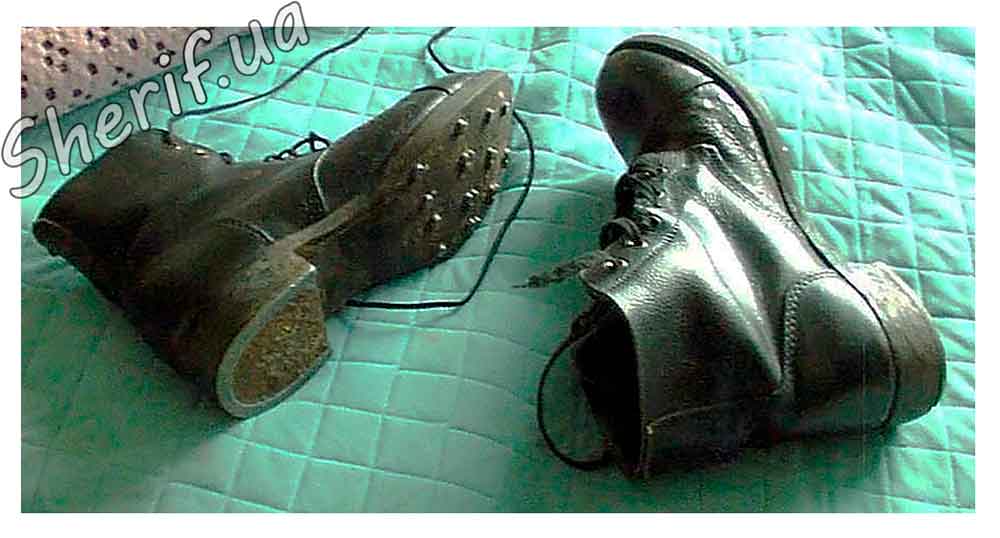 In turn, blücher shoes in Britain replaced the "George Boots", which were worn from 1880 to the late 1960s. They were low lace-up leather boots, the soles of which were studded with nails. Perhaps it is the English hobnails boots that outwardly most resemble the modern version of military high boots .
In turn, blücher shoes in Britain replaced the "George Boots", which were worn from 1880 to the late 1960s. They were low lace-up leather boots, the soles of which were studded with nails. Perhaps it is the English hobnails boots that outwardly most resemble the modern version of military high boots .
USA: The American infantry initially used ankle-high calfskin boots. The boots were not divided into left and right, it was assumed that the shoes, while wearing, would take a form that was comfortable for the foot, which caused a lot of trouble for the soldiers. The Americans suffered with such boots until 1858, before they were replaced with an improved version.
2. Comparative characteristics of military footwear from different countries.
Ankle boots are both summer boots for desert conditions or arid highlands, and boots for low temperatures in Canada or American Alaska. All the armies of the world use them in all seasons and off-season, to one degree or another.

Australia mainly uses the Redback Terra Combat Boot . The Australian military does not have a clearly defined and recommended list, instead there is a list of non-standard shoes that the army can use.
Argentina: In the early 20th century, Argentines wore studded hobnails boots. Modern berets of this country are marked AE.
Belgium: Berets of this country are marked with ABL markings (Armée Belge / Belgisch Leger). The soles of the boots have different markings depending on the manufacturer: Rugak, Rubex, Solidor.
France: The French call their berets “Rangers” because of their resemblance to the American model M43.
Shoes similar to these were in active use in the 50s-60s and up to the 90s. At this time, the cuffs were lightened (more flexible leather was chosen), the color was changed to black, and the sole was made molded.
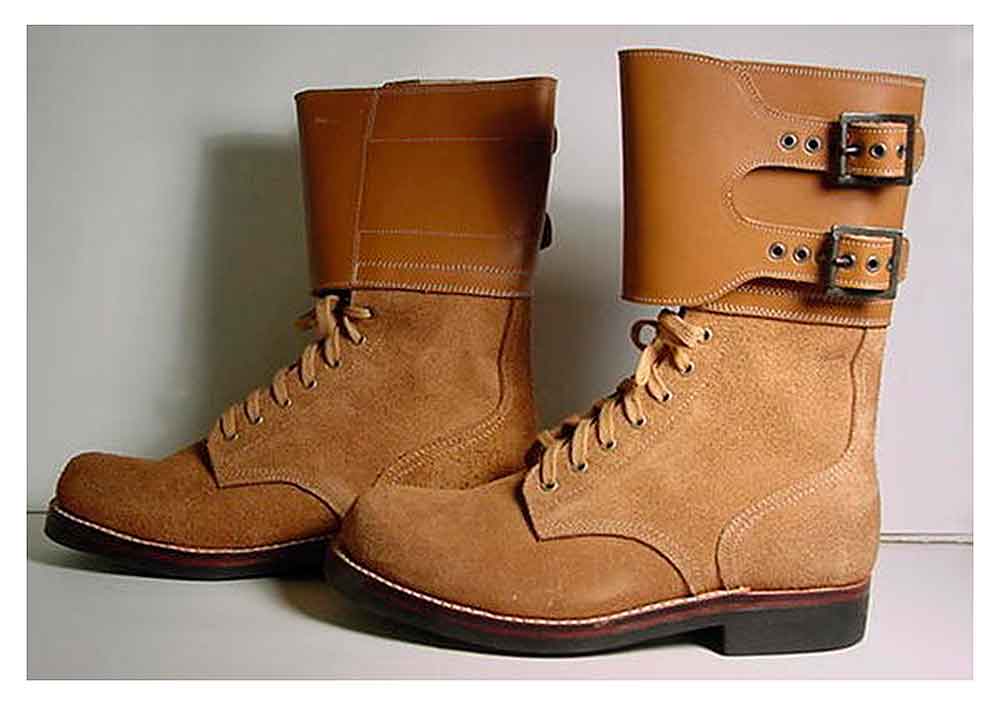

Norway has been wearing M77 berets since 1977, and they are still in service with the Norwegian military. Manufacturer - Alfa Skofabrikk AS. It took the M77 10 years to develop the stringent requirements for military boots . Norway has developed clear criteria for comfort, weight, waterproofness, wear resistance: shoes should be easy to use, dry quickly and keep warm. M77 boots have special bindings for skis. In addition, the Norwegian army often uses shoes from other countries.
Spain - This country has three main types of shoes for its army. These are boot "regular" (for regular troops), boot "to walk" (for infantry), boot paratrooper (for paratroopers). The main manufacturer of boots for the armed forces of Spain is Segarra.
Great Britain: since 2012, the British army has at its disposal 5 types of shoes of different designs, purposes and temperature conditions. Each of the five designs has 2 style options to choose from.
Desert Combat - for military with medium and high activity in actions (infantry), suitable for a temperature of 40 ° C.
Desert Patrol - for drivers and armored troops with a low level of activity in a hot, desert climate (40 degrees Celsius).
Temperate Combat - for the military with an average and high level of activity in the conditions of average temperatures of the European climate.
Patrol - for soldiers of armored forces with a low coefficient of activity, for the European climate.
Cold Wet Weather - for the military with an average and high level of activity, for temperatures not lower than 20 ° C.
USA: The United States Army adopted the Army Combat Uniform standard in 2002 - black smooth leather boots with rubber soles and cotton socks. Matte leather ankle boots , at least 8 inches high. There are two versions - for moderate weather and for desert conditions. In the US, there are no restrictions on the commercial production of military footwear. The current major manufacturers are Altama, Bates, Belleville Boot , McRae, Rocky, Warson Brands/Converse and Wellco.
USSR: footcloths and boots were used in the army of the Soviets until the very collapse of the Union. Boots were sewn from tarpaulin - a composite artificial material. They also used such material as yuft - this is natural cattle or pork skin, processed by a special tanning method. In the world, yuft is called "Russian leather". The Marine Corps of the USSR wore shortened boots.
The army of the Russian Federation was supposed to completely abandon the use of boots by 2007, due to poor funding, this has not yet happened.
The army of Ukraine also uses the Soviet heritage, at the moment there is a transition to berets of a modern type. As for the volunteer battalions of the National Guard and the Ministry of Internal Affairs, here the fighters are more provided with them thanks to volunteer work and personal funds.
SIZE CHART FOR MEN'S SHOES
| centimeters | 25 | 25.5 | 26 | 26.5 | 27 | 27.5 | 28 | 28.5 | 29 | 29.5 | thirty | 31 |
| Ukraine | 39 | 39.5 | 40 | 40.5 | 41 | 41.5 | 42 | 42.5 | 43 | 43.5 | 44 | 45 |
| Europe | 40 | 40.5 Basic properties and characteristics. Ankle boots are shoes for everyday wear. Given the fact that the military and representatives of special forces have to wear the same shoes both in the field and indoors, move in land and air transport, even with temperature differences, shoes must maintain an internal microclimate. American and European made products have a durable surface and optimum resistance to punctures, cuts and scratches. In winter, it retains elasticity and warmth, and in summer it is well ventilated. In any case, tactical footwear for combat and exercises should be as light as possible. And like any other, it is divided into summer, winter and demi-season. General external characteristics do not affect the seasonality of the boots. In general, all military footwear looks like high (or mid-height) lace-up boots. It is worth noting that recently winter shoes for the military do not look rough and awkward, not only technical indicators are at a high level - water resistance, strength and light weight, but also a decent appearance. Weight. The lighter it is, the better. Light weight is the first factor when choosing military boots , and this is what manufacturers are constantly working on. Every year, developers make military shoes easier. On average, modern winter shoes weigh less than a kilogram (each), while not compromising durability and other important factors such as stiffness and volume support. Lateral stiffness. When a person moves on an uneven surface, the leg must be rigidly fixed, one of the purposes of high berets is to support the ankle and the impossibility of injuring it. Moisture resistance. Any berets, and especially winter shoes, should not let moisture in from the outside, but allow the leg to “breathe”. This is especially true in the weather conditions of Ukraine. Due to excessive moisture, shoes can rub your feet, which causes discomfort. Choose a shoe "tongue" so that it completely covers the instep of the leg, covering all open spaces.
Camouflage . Military boots have a palette of camouflage colors corresponding to tactical clothing. For an explanation of camouflage colors, see the overview article on choosing military camouflage . 4. Tactical boot deviceMilitary high boots consist of elements that together protect the foot from damage and adverse climatic conditions in summer, winter and during the transitional rainy off-season. Top The top of high boots is made of special modern materials, it should protect the foot from injuries, fit snugly, support during exercise. Sock The berets should have a reinforced toe. Reinforcement methods vary depending on the model - it can be a metal plate, special plastic or a dense layer of nubuck. Sole
Lacing method Laces Military boots use round braided nylon laces.
Shoe tongue - valve from the instep to the top of the shoe. The tongue should be without gaps, close to the leg, but not squeeze it - if the lacing is pulled too much, pain may occur when walking. Insole This important part of the shoe should fit perfectly to the shape of your foot. For modern berets , well-known world manufacturers use very high-quality orthopedic insoles that can help overcome foot defects, for example, caused by flat feet. They are made of modern materials by masters of their craft, in particular, high-tech foam plastic is used - a mixture of polyurethane with rubber. Such insoles do not allow the foot to sweat in the summer heat and will not let you freeze in winter shoes. Some American companies have been exclusively manufacturing insoles for several decades. Arch support Like any complexly designed shoes, ankle boots have an arch support - this is a special plate made of metal or durable plastic that supports the middle part of the foot and makes the fit more comfortable. The arch support is placed under the insole, sometimes it is “soldered” into the sole by casting. Backdrop In high berets , the tendons are protected by a soft back, it warms the boot and prevents chafing. Additional edging prevents small stones, rubble or snow from getting inside the boot in winter. 5. Some Technologies and Material for BertsevWhen choosing military footwear , read the labels, actively inquire about various indicators from the sellers of the goods, because modern berets are not roughly sewn tarpaulin. The current production includes many technologies and materials. Below is a list of commonly used titles: EVA (Ethylene Vinyl Acetate) - used by shoe manufacturers in the manufacture of soles. Soft, flexible, shiny thermoplastic has a characteristic "acetic" smell, does not crack, does not harden at low temperatures, and has good adhesion to the surface. The sole in frosty weather will not slip, and the feet will remain warm. GORE-TEX® is a registered trademark, the name of a modern technology that is actively used in the manufacture of workwear and footwear. This is a membrane tissue, which consists of three layers: outer, intermediate and inner. The membrane (intermediate layer) is made of a fluoroplastic waterproof film (Teflon) with a huge number of tiny holes. The pores are arranged in such a way that water in the liquid state does not pass through them, but in the vapor state it does. Initially, the fabric was developed for use in the space industry. Its inventors are a father and son named Gore. Before the patent expired, GORE-TEX was produced exclusively by W. L. Gore & Associates. Now, using a similar technology, different manufacturers are doing this. ION-MASK™ is a nanotechnology, a modern way of protecting shoes from getting wet, covering shoes with polymer ions. The development of the "Ion Mask" belongs to the laboratory of the UK Ministry of Defense (UK MoD's Defense Science and Technology Laboratory). In 2004, the P2i Company was founded and was the first to commercialize this method. The unique molecular method of applying polymers is now used by brands known throughout the world, such manufacturers of special, sports, hiking and military footwear as: Magnum Boots, Timberland, Nike, adidas Golf, Hi-Tec, Van Dmal, Teva, and K-Swiss. Thanks to the ionic coating, the shoes remain resistant to chemicals - alcohol, fuels and lubricants, oil and others and absolutely do not absorb water, repel dirt and dust, and keep a neat appearance longer. With the help of this technology, the entire surface of the boots is processed: both external and internal, up to the laces and seams.
SuperFabric - a special technology - tiny rigid protective plates are applied to the fabric in a certain order and according to a special pattern. The distance between them allows you to keep the main fabric flexible, breathable, in addition, they are so small that they create something similar to a "shield". SuperFabric is a cut and abrasion resistant material and a registered trademark of Higher Dimension Materials. Nylon, polyester, neoprene, crepe, etc. are taken as the basis for the manufacture of SuperFabric. Inserts from this fabric are used in the production of military footwear , they protect the leg from the penetration of sharp objects, fragments (068) 798-0000 (063) 798-9999Показать все
Similar products |
 (068) 300-5000
(068) 300-5000


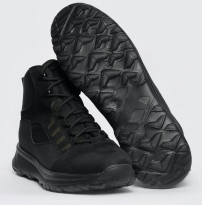
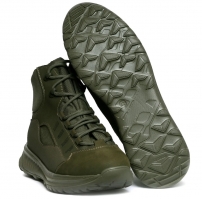
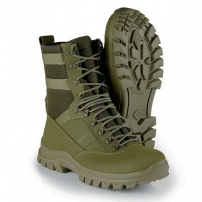

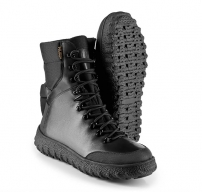
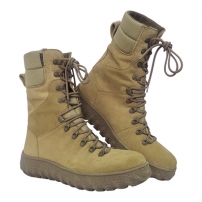


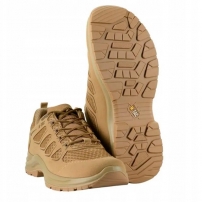
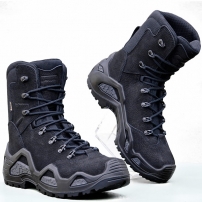

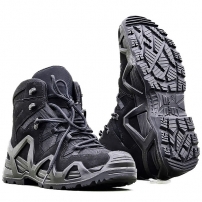
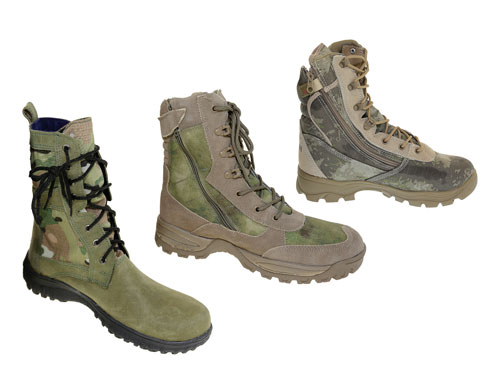
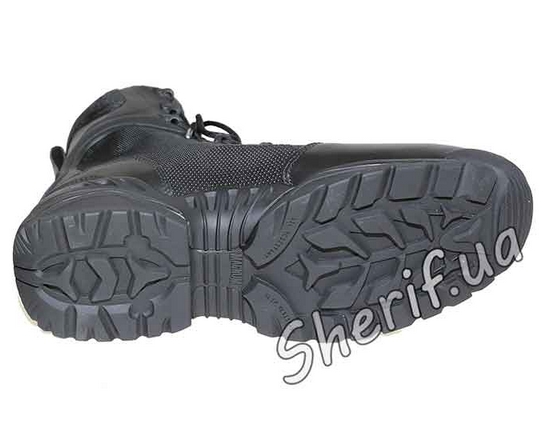 Considering that in combat conditions one has to move every day on snow and concrete, frozen ground, climb equipment, doing it sharply and quickly, shoes should not slip, they must provide good grip on any surface and stability of the ankle joint. To do this, the sole of military boots is made of hard corrugated rubber, in addition, it has a beveled heel, and the front part is made to protect the toes. It needs to be at the same time rigid, but also flexible enough, and also fit snugly to the top of military boots.
Considering that in combat conditions one has to move every day on snow and concrete, frozen ground, climb equipment, doing it sharply and quickly, shoes should not slip, they must provide good grip on any surface and stability of the ankle joint. To do this, the sole of military boots is made of hard corrugated rubber, in addition, it has a beveled heel, and the front part is made to protect the toes. It needs to be at the same time rigid, but also flexible enough, and also fit snugly to the top of military boots. 